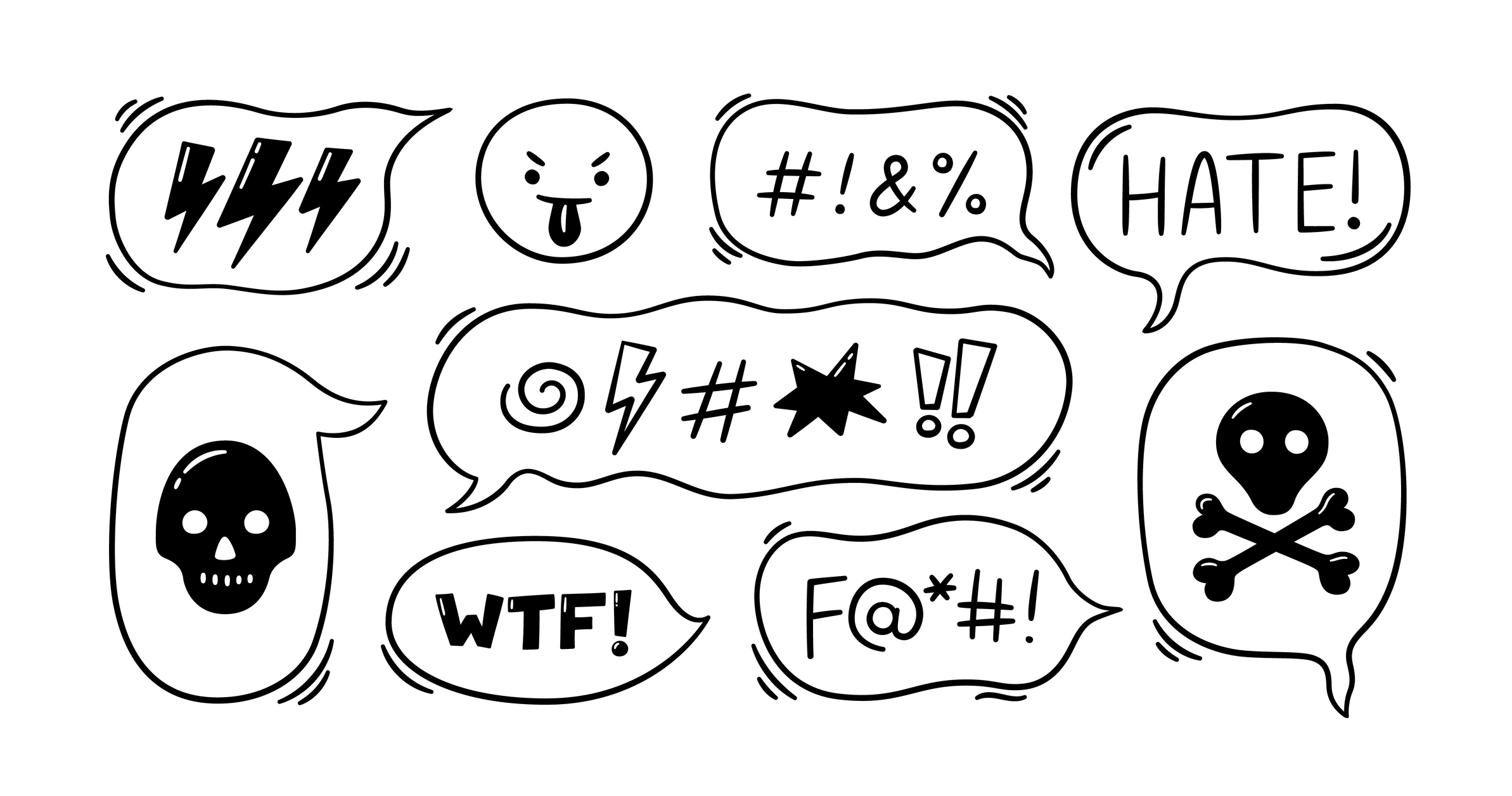In some limited situations, a person can sue someone else who yells at or insults them. While the threshold for when an insult crosses the line is rather hazy, there are some clearly defined lines that are helpful for determining the difference between a bad interaction and a legal issue.
For instance, if the yelling is threatening violence, or is done in a way where the listener fears for their physical safety, there may be a case for legal action. Not only is the act of making a threat of violence illegal in every state, but it can also lead to civil torts. These torts include assault or intentional inflection of emotional distress. However, in the case of threatening violence, the threat must be credible for it to be considered a criminal offense. So no, getting threatened on Xbox Live by a bunch of mean children doesn’t count.
Are Insults Actionable?
While some might think that the First Amendment of the Constitution would protect insults, there are indeed limits to free speech. Generally, those limits tend to involve insults that shock a person’s conscience and inflict some degree of mental anguish. Those limits may also be set around whether the verbal abuse offends a person to the point of producing an adverse physical reaction or whether they invoke violence. FindLaw has broken down this issue in more detail with its “Does the First Amendment Protect Speech that Advocates Illegal Conduct?” (Hint: freedom of speech doesn’t always mean freedom from consequences).
Insults can also make up the basis of an Intentional Infliction of Emotional Distress (IIED) claim. IIED requires a plaintiff to prove that another person intentionally acted (which could include making insults) with the specific purpose of causing the plaintiff to be shocked, distressed, upset, or emotionally hurt or injured. This also applies to defamatory statements intended to harm a person’s reputation, especially when those defamatory statements are made in a public forum or on publicly accessible social media. Freedom of speech does not extend to false statements that run afoul of defamation law.
Additionally, insults that are discriminatory can also lead to additional legal liability depending on the context and state law. For instance, in California, the Unruh Act prohibits businesses from discriminating against customers, and parts of that law place restrictions on certain types of speech that constitute discriminatory conduct. This includes the use of racial slurs, especially when spoken with actual malice and in concert with other racially charged insulting language.
The Tort of Assault
While, generally, people think of assault as the actual hitting or beating of another person, that is not always the case. Under various laws, the legal claim of assault does not actually require any touching to occur.
For an assault to occur, an aggressor only needs to make some overt act or statement that would make a reasonable person fear for their safety. However, whether those overt acts or statements constitute assault is dependent on whether the person that utters those words backs them up with a particular set of actions.
In other words, a person must not only yell about an intention to hit or hurt someone, they must also do something that makes the threat feel substantial and credible to the listener. For example, someone yelling “I’m going to hit you in the face” may not constitute an assault if the aggressor doesn’t also raise their fists to strike the listener. The listener has to actually fear for their safety inasmuch as a reasonable person would fear for their own safety in the same situation.
Merely yelling a threat doesn’t necessarily cause someone to credibly fear for their physical safety in the same way that a playful insult does not count as a defamatory statement or cause emotional distress. The immediacy of the potential danger also plays into whether it crosses the threshold from concerning to full-blown legal issue, particularly in the case of claims of assault where threatening speech is part of the offense.
For an assault to be actionable in a civil court, the person being assaulted needs to be able to prove not only that the incident happened, but also that a reasonable person would have feared for their safety, and that as a result, they suffered injuries. Those injuries include emotional distress or other more tangible financial losses (such as costs for therapy).
Was this helpful?



